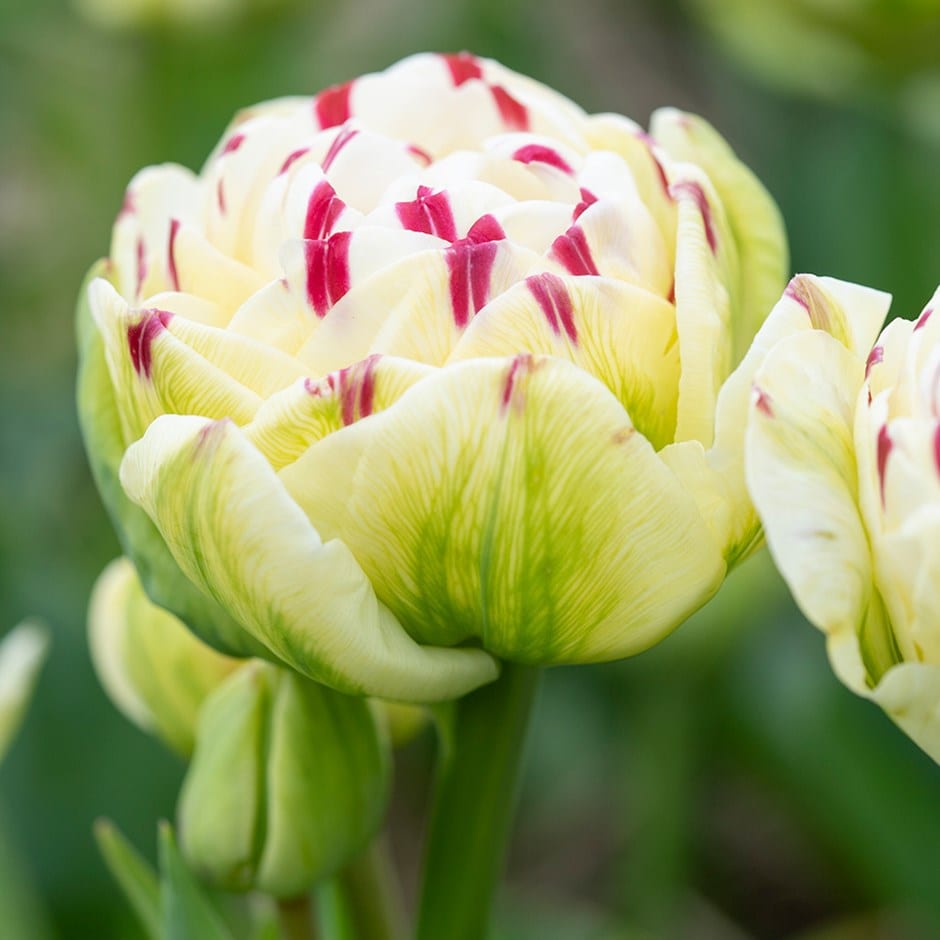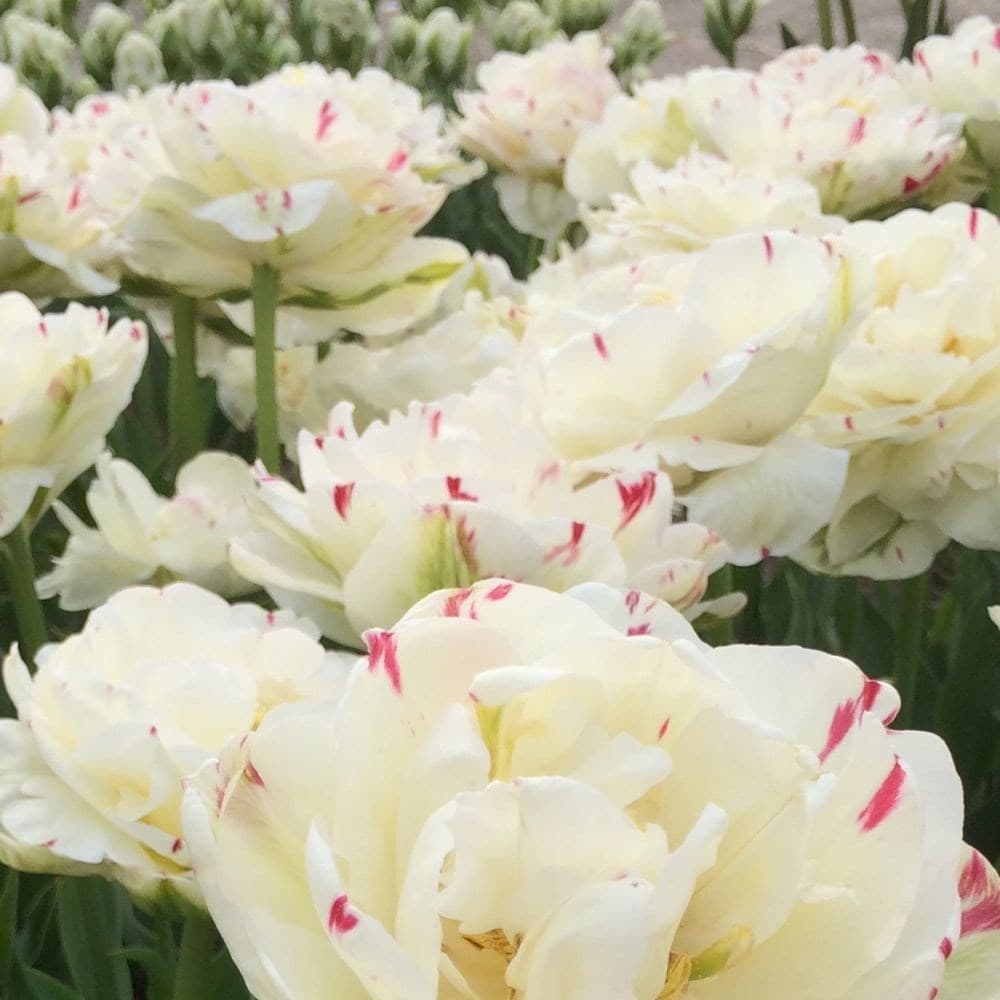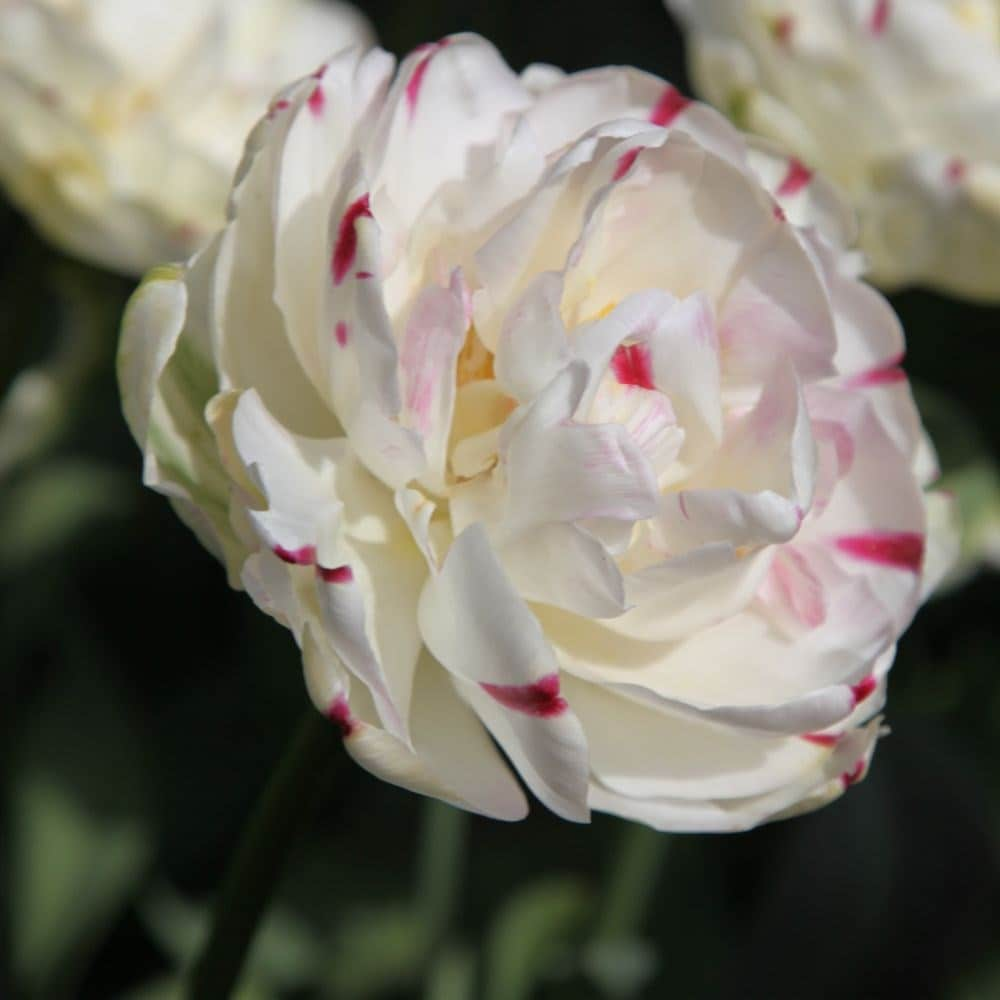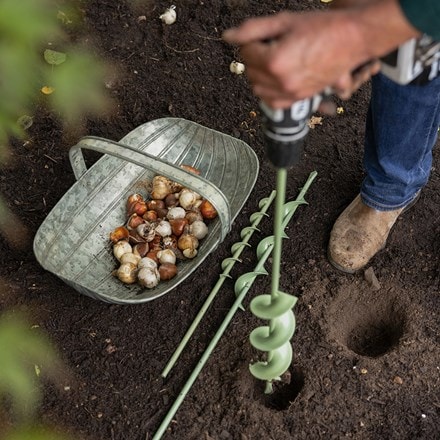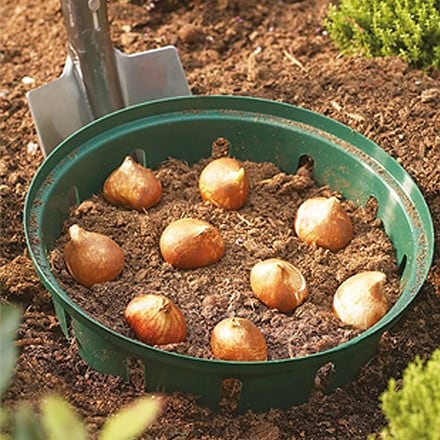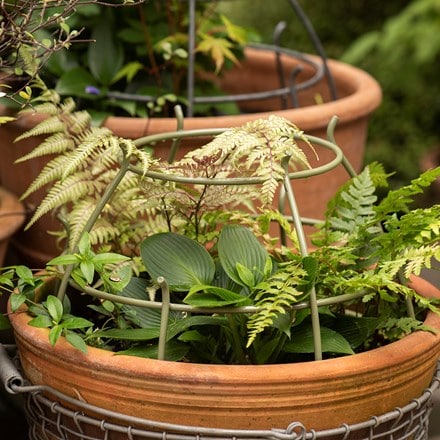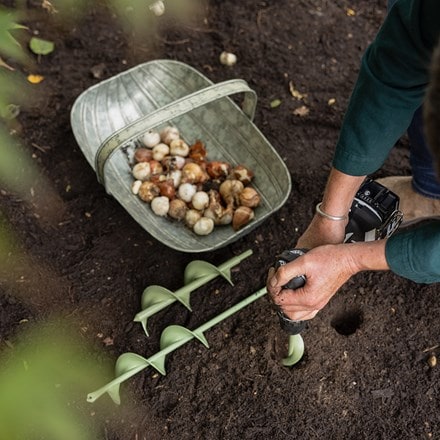Tulipa 'Danceline'
double late tulip bulbs
- 5 × bulbs
- £5.94 £6.99
- In stock (shipped within 1-2 working days)
- 15 × bulbs
- £16.15 £19.00
- In stock (shipped within 1-2 working days)
Delivery options
- Bulbs (only) £4.95
`Position: full sun Soil: moderately fertile, moist but well-drained soil, or general purpose compost for containers Rate of growth: average Flowering period: April to May Hardiness: fully hardy Bulb size: 11
Garden care:
Forming large, many-petalled, bowl-shaped flowers, which top super-strong upright stems, 'Danceline' is great for jazzing up borders or pots. The flowers themselves are an interesting mix of subtle colour. When they first unfurl from bud, many of the petals are a rich cream, and some have splashes of green on their outer edges. Then as the flowers mature, their colour lightens and they occasionally take on a pinkish blush, but their most distinctive feature is the irregular raspberry daub that tips some of the petals. A real tulip to watch as the season progresses because you get something different almost every day!
Using fresh, good-quality compost, plant bulbs in pots from September to November. For borders, we advise waiting until after the first frosts (typically mid-October to early December depending on your location) to reduce the risk of potential disease such as Tulip Fire. Plant bulbs 15-20cm (6-8in) deep and 10-15cm (4-6in) apart in fertile, well-drained soil. Alternatively, allow 7-9 bulbs per 30cm sq or 60-75 bulbs per m². If you’re unable to plant your bulbs immediately, they can be stored in a cool environment with good air circulation. Remove all the packaging and place them in a loose-weave jute sack before labelling and hanging up in a dry, unheated garden shed or well-ventilated greenhouse.
In spring, when the plants are in active growth, apply a high-potash fertiliser (like Tomorite) each week until the leaves start to die back. Pinch off the spent flower heads as the petals fall, and let the stem and foliage die back naturally. The bulbs can then be lifted and discarded, or cleaned, dried and stored (as before) for replanting the following autumn.
In spring, when the plants are in active growth, apply a high-potash fertiliser (like Tomorite) each week until the leaves start to die back. Pinch off the spent flower heads as the petals fall, and let the stem and foliage die back naturally. The bulbs can then be lifted and discarded, or cleaned, dried and stored (as before) for replanting the following autumn.
- Humans: Harmful if eaten; skin allergen; Pets: Ornamental bulbs - not to be eaten
